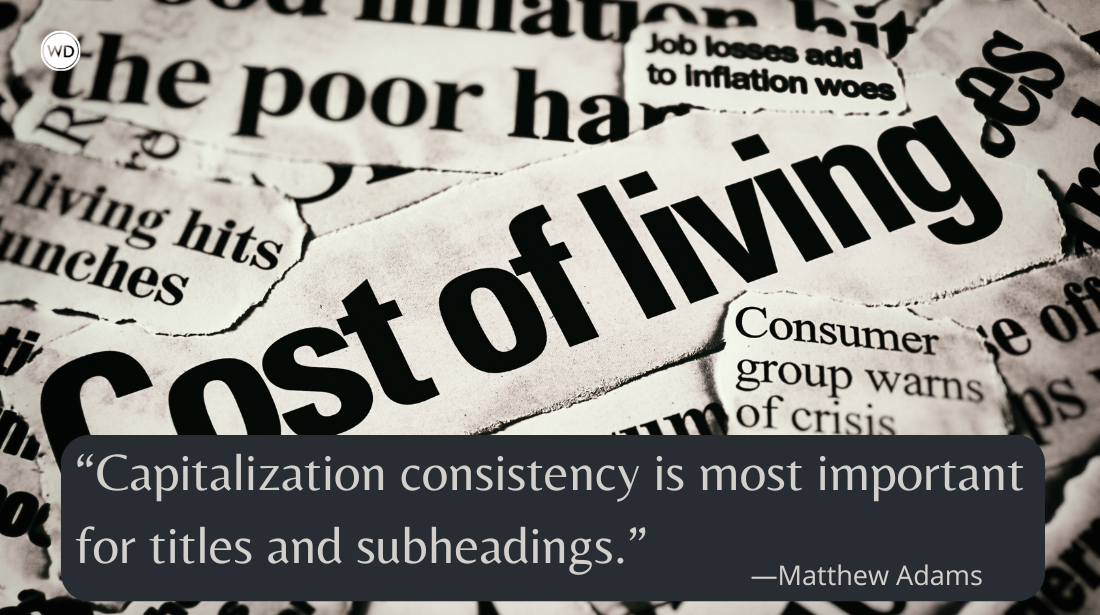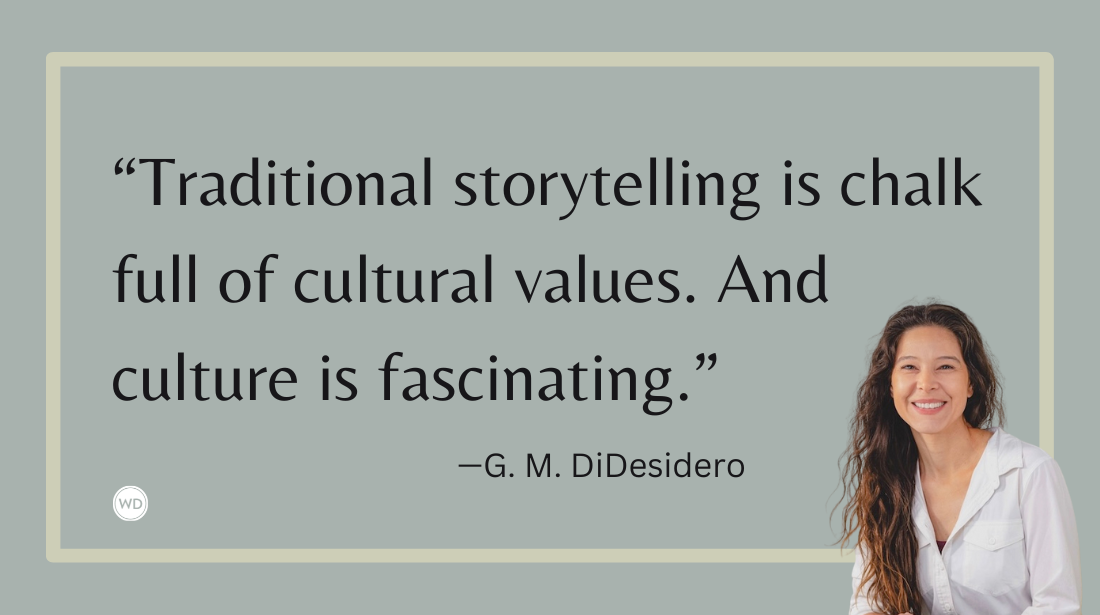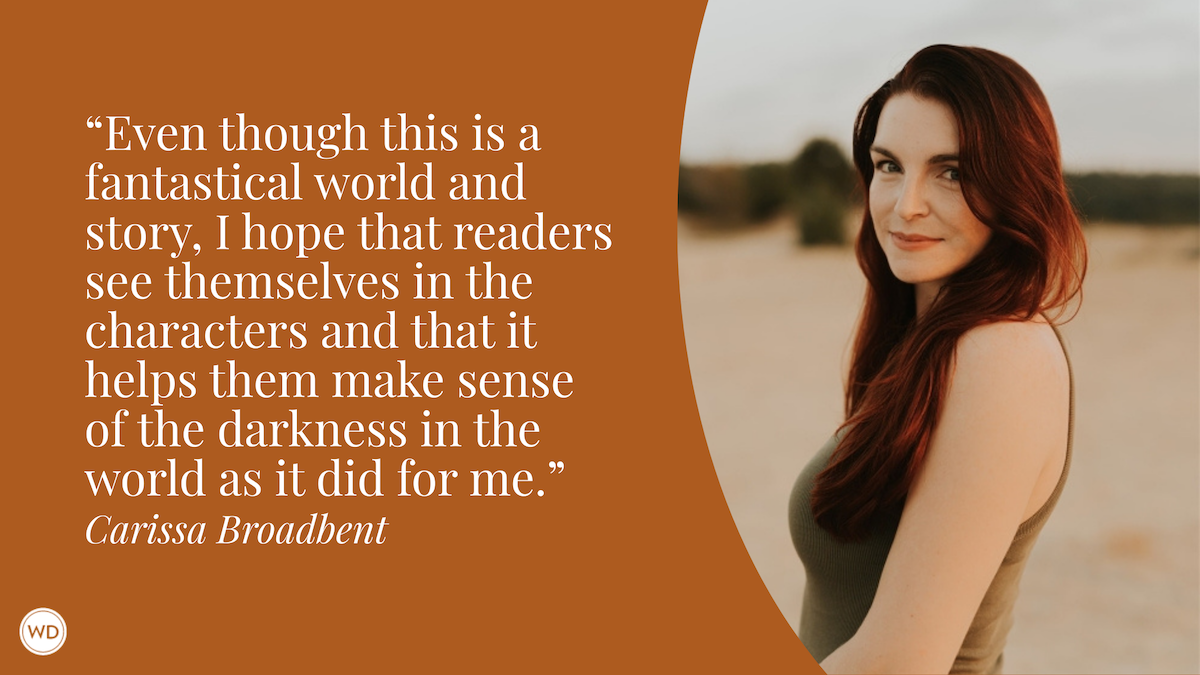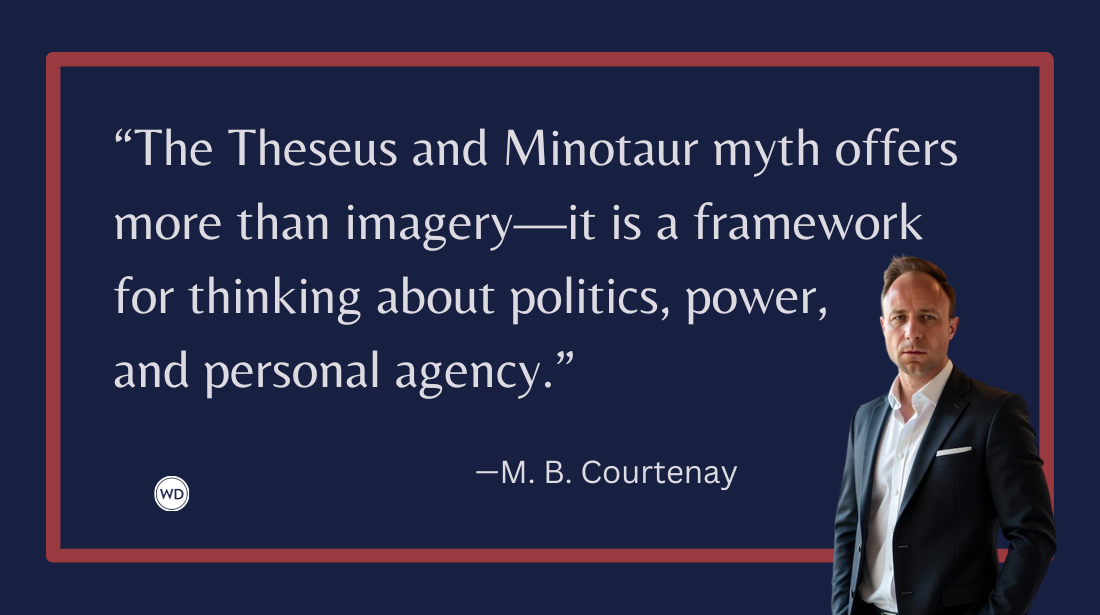The Specificity of Details: Creating a Fully Realized Character in a Work of Historical Fiction
Author Danielle Teller shares how she went about creating a fully realized character in a work of historical fiction.
Characters in historical fiction tend to be soft-focus, a little gauzier than in contemporary fiction. I don’t know why this is, but I speculate that period details, like elaborate clothing and speech patterns, become stand-ins for character details. Also, novels written prior to the 20th Century have more character archetypes than in modern literature, and realism in their portrayal was not always the writer’s goal; an author of historical fiction may find herself unconsciously emulating that older style of writing.
When I conceived of the 19th protagonist of my historical novel Forged, I wanted to make her into the sort of vivid character readers expect to find in contemporary fiction. To achieve this, I had to get a grasp of all aspects of her life; the devil, as they say, is in the details.
My first inspiration for Forged came from a history podcast. I heard the story of a Gilded Age female con-artist who swindled banks out of untold millions, and I was surprised that I had never heard of Cassie Chadwick before. She grew up on a farm in Canada, which is where I’m from, and fashioned herself into a fake American heiress, with a mansion like a dragon’s lair, overflowing with jewels, gold, and works of art. She was like a 19th Century Anna Sorokin, but far more successful.
The historical details of Cassie’s life leading up to bank fraud are sketchy; what little I could find revealed a sordid string of petty cons, bilking money from people who could ill afford to lose it, and possibly trafficking vulnerable women. I was repulsed by what I read and had the strong sense that Chadwick was an impulsive psychopath with terrible executive function and hoarding disorder; she was not the sort of person I wanted taking up space in my brain for the length of time it takes me to produce a manuscript.
While real life criminals are not glamorous, her story did make me think of a glittering fictional character, Jay Gatsby. He too grew up on a farm, made his fortune illegally, and crafted a fake persona to fit into the beau monde. Thus, the Gilded Age con artist and Jay Gatsby underwent some sort of alchemy in my imagination, and Kitty Warren, the protagonist of Forged, emerged.
To get a sense of farming life in 19th Century Canada, I relied heavily on Susanna Moodie's memoir, Roughing it in the Bush. Moodie was a middle-class English writer who emigrated with her husband and child to Canada in 1832; they settled in the backwoods of Ontario. She didn’t enjoy the pioneering life, and when her editor encouraged her to write an “emigrant’s guide,” Moodie recounted the difficulties, including food shortages, illness, blackflies and boorish, annoying neighbors, all with jaunty verve. I also re-read Margaret Atwood’s Alias Grace, which was inspired by Moodie’s writing, but that was mostly for fun.
Edith Wharton’s The Age of Innocence was a great resource for details about New York in the Gilded Age. Wharton wrote the novel after WWI, trying to recapture the aristocratic New York of her childhood, and so it is rich with visual details, particularly of interior design. Her somewhat jaundiced post-war gaze also notes questionable aspects of 19th Century social norms and mores, so readers get both the accuracy of first-hand observation and the analysis of an older writer living in a changed world.
Before New York, Kitty lived in two cities critical to building Gilded Age wealth: Pittsburgh, PA, and Cleveland, OH. Imagining Pittsburgh in its industrial heyday was easier than imagining Cleveland, in part because I used to live in Pittsburgh, but also because many of its neighborhoods and mansions are still standing. The Cleveland Public Library has scanned city maps from the Gilded Age available on its website; I printed these out and assembled them like a giant jigsaw puzzle on my kitchen floor to trace my protagonist’s movements in that city. I pored over old photos of Millionaire’s Row and descriptions of the mansions. I also read Cleveland in the Gilded Age, by Dan Ruminski and Alan Dutka.
While Kitty Warren wasn’t a clone of Cassie Chadwick, I did borrow liberally from details of Chadwick’s life. Like my antihero, Chadwick was a prolific forger, had a sister in Cleveland, snuck into Andrew Carnegie’s mansion, and ended up in jail (more than once, unsurprisingly). The prologue of my novel, in which a customs agent attempts to arrest Kitty for jewel smuggling, is based on a real account of Chadwick’s smuggling, published by a treasury agent in 1908. I’m not sure that T.S. Eliot was right about good authors borrowing, but this lazy author likes to borrow because it’s an easy way to get accurate granular historical details.
A writing teacher once complained to me that her students’ characters are like cameras with feet. Visual detail is of course critical for communicating what a character is experiencing, but other senses matter too, smell in particular. The olfactory nerve is wired directly to the limbic system in the brain, which controls emotion, so smell and emotion are closely linked. When Kitty is feeling threatened, afraid, or in love, she is aware of the smells around her, and there are websites to answer almost every question about what those scents would be in the late 19th Century. Did you know that there were mountains of horse manure in vacant lots in New York? I didn’t either. I learned how garbage was handled (not well), that men wore Florida Water, and that most people bathed about once a week. The past was smelly.
Forged is a loose Great Gatsby retelling; the first two thirds take place before the start of Fitzgerald’s novel, and the last third maps onto some of the events in the book. Gatsby is a character with some unattractive traits, but it is his romantic ideals and doomed love for Daisy that define him in the popular imagination. Taking this fairy dust from a beloved text and sprinkling it on my protagonist, Kitty, whose scheming is much more central to her story than Jay Gatsby’s, confers her with borrowed respectability and maybe even admirability. Allusions to a famous work of fiction is a sort of cheat code for building a complex character. If it causes some rethinking about said famous work, that’s fun too.
I said at the outset that my goal was to make Kitty the sort of vivid character readers expect to find in contemporary novels and also that the real life woman who inspired me was too awful for me to want to write about. These two statements may seem contradictory, but I don’t believe that a distinctive, believable character in fiction has to be given every aspect of a real human. I think it’s okay to leave out some of the boring and bad bits; Kitty would have a lot to talk about in therapy, but that can stay in the background so we can enjoy her exploits. She is still a pretty interesting lady, and I hope you’ll get to meet her one day.
Check out Danielle Teller's Forged here:
(WD uses affiliate links)









